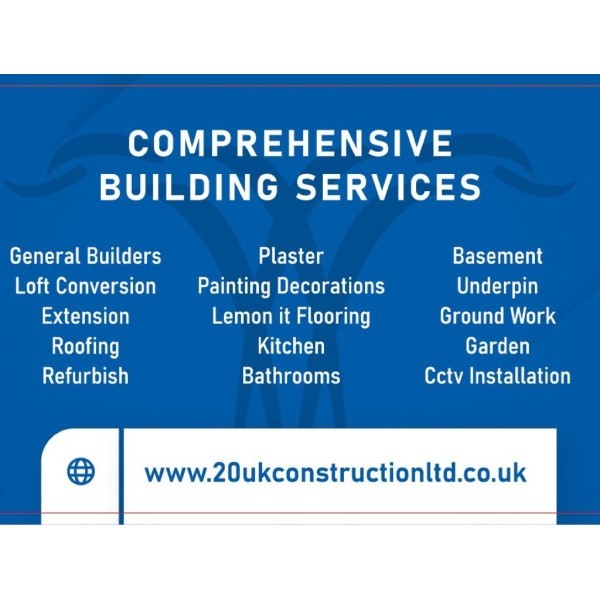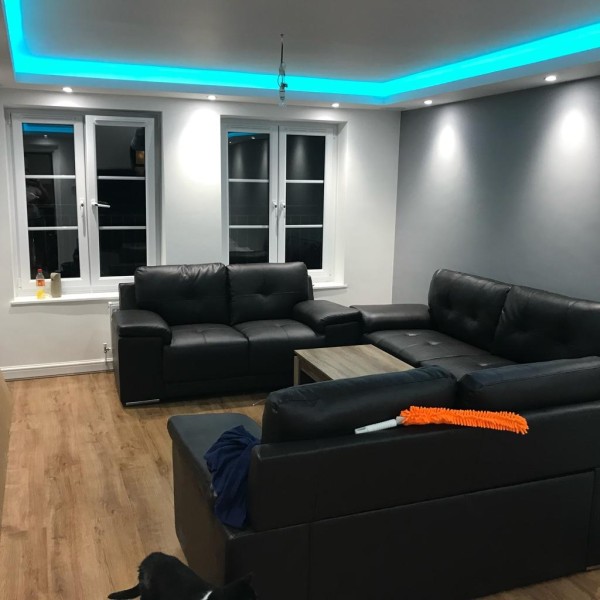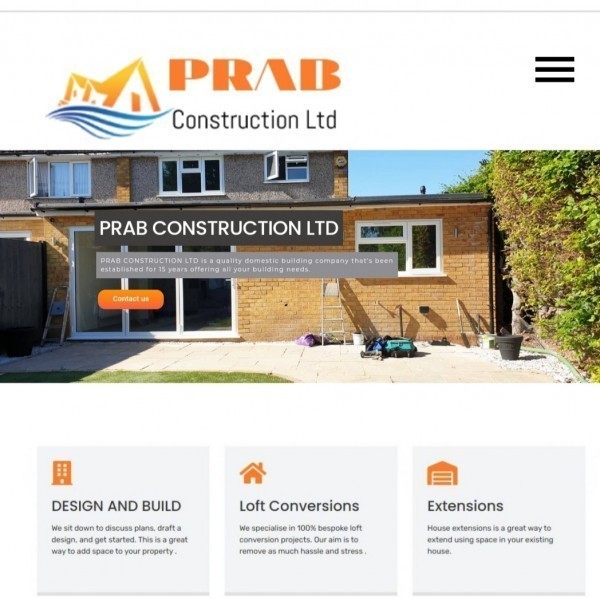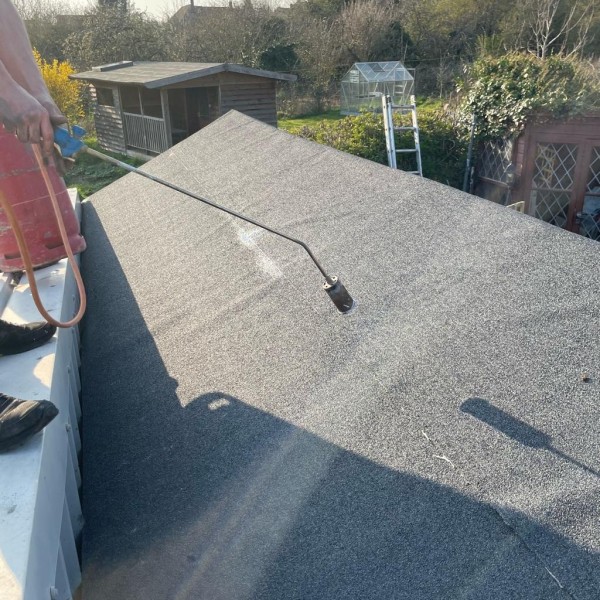Renovations in Battersea
Filter your search
Post your job FREE and let trades come to you
Save time by filling out our simple job post form today and your job will be sent to trades in your area so you can sit back, relax and wait for available trades to contact you.
Post your job FREESearch Renovations in places nearby
Introduction to Renovations in Battersea
Battersea, a vibrant district in South West London, is renowned for its rich history, stunning architecture, and dynamic community. As the area continues to evolve, renovations in Battersea have become increasingly popular, offering residents the opportunity to enhance their living spaces while preserving the unique charm of this iconic locale. Whether you're a homeowner looking to modernise your property or a developer aiming to revitalise a historic building, understanding the nuances of renovations in Battersea is crucial.
The Historical Significance of Battersea
Battersea's history dates back to the Domesday Book, and over the centuries, it has transformed from a rural village to a bustling urban centre. The district is home to numerous historical landmarks, including the Battersea Power Station and the iconic Battersea Park. These sites not only add to the area's charm but also influence renovation projects, as maintaining the historical integrity of buildings is often a priority.
Preserving Architectural Heritage
Renovations in Battersea often involve a delicate balance between modernisation and preservation. Many properties in the area are listed buildings, which means they are protected by law due to their historical or architectural significance. Renovating such properties requires careful planning and adherence to specific guidelines to ensure that their unique features are preserved.
Understanding Listed Building Regulations
When undertaking renovations in Battersea, it's essential to understand the regulations surrounding listed buildings. These regulations are designed to protect the architectural and historical significance of properties. Homeowners must obtain the necessary permissions before making any alterations, and it's often advisable to work with professionals who have experience in handling listed buildings.
Modern Trends in Battersea Renovations
While preserving history is important, many homeowners in Battersea are also keen to incorporate modern design elements into their renovations. This blend of old and new creates a unique aesthetic that is both functional and visually appealing.
Incorporating Sustainable Practices
Sustainability is a growing trend in renovations across Battersea. Homeowners are increasingly opting for eco-friendly materials and energy-efficient solutions to reduce their carbon footprint. This not only benefits the environment but can also lead to cost savings in the long run.
Energy-Efficient Upgrades
Energy-efficient upgrades are a popular choice for those looking to modernise their homes. This can include installing double-glazed windows, adding insulation, and using energy-efficient appliances. These upgrades not only enhance comfort but also contribute to lower energy bills.
Planning Your Renovation Project
Embarking on a renovation project in Battersea requires careful planning and consideration. From setting a budget to choosing the right contractors, each step is crucial to the success of the project.
Setting a Realistic Budget
One of the first steps in planning a renovation is setting a realistic budget. This involves considering all potential costs, including materials, labour, and any unexpected expenses that may arise. It's important to have a contingency fund to cover any unforeseen issues.
Choosing the Right Contractors
Choosing the right contractors is vital to the success of your renovation project. Look for professionals with experience in Battersea renovations and a proven track record of delivering quality work. It's also advisable to obtain multiple quotes and check references before making a decision.
Common Renovation Challenges
Renovations in Battersea can present a range of challenges, from navigating planning permissions to dealing with unexpected structural issues. Being prepared for these challenges can help ensure a smoother renovation process.
Navigating Planning Permissions
Obtaining planning permission is often a necessary step in the renovation process, particularly for significant alterations or extensions. It's important to understand the local planning regulations and work closely with the local council to ensure compliance.
Dealing with Structural Issues
Structural issues can arise during renovations, particularly in older properties. It's essential to conduct a thorough inspection before beginning work to identify any potential problems. Addressing these issues early on can prevent more significant problems down the line.
Maximising Space in Battersea Homes
Space is often at a premium in Battersea, making it important to maximise every inch of your home. Clever design solutions can help create a more functional and spacious living environment.
Open Plan Living
Open plan living is a popular design choice for those looking to maximise space. By removing unnecessary walls and creating a more fluid layout, homeowners can enjoy a brighter and more spacious living area.
Utilising Vertical Space
Utilising vertical space is another effective way to maximise space in your home. This can include installing tall shelving units, using wall-mounted storage solutions, and incorporating mezzanine levels where possible.
Enhancing Curb Appeal
The exterior of your home is just as important as the interior, and enhancing curb appeal can significantly increase the value of your property. Simple changes can make a big difference in the overall appearance of your home.
Landscaping and Garden Design
Landscaping and garden design play a crucial role in enhancing curb appeal. A well-maintained garden can create a welcoming first impression and provide a pleasant outdoor space for relaxation and entertainment.
Updating Exterior Features
Updating exterior features such as doors, windows, and paintwork can also enhance curb appeal. Consider using high-quality materials and colours that complement the architectural style of your home.
Renovating for Accessibility
Accessibility is an important consideration for many homeowners, particularly those with mobility challenges. Renovating for accessibility can make your home more comfortable and functional for all residents.
Installing Ramps and Lifts
Installing ramps and lifts can significantly improve accessibility in your home. These features provide easier access for those with mobility challenges and can be seamlessly integrated into the design of your home.
Adapting Bathrooms and Kitchens
Adapting bathrooms and kitchens for accessibility is another important consideration. This can include installing grab bars, lowering countertops, and using non-slip flooring to create a safer and more functional space.
Future-Proofing Your Home
Future-proofing your home involves making design choices that will stand the test of time. This can include incorporating flexible spaces, choosing durable materials, and planning for potential future needs.
Flexible Living Spaces
Flexible living spaces are a key component of future-proofing your home. By creating multi-functional areas that can adapt to changing needs, you can ensure your home remains functional and comfortable for years to come.
Choosing Durable Materials
Choosing durable materials is another important aspect of future-proofing. Opt for high-quality materials that can withstand wear and tear, reducing the need for frequent repairs and replacements.
Frequently Asked Questions
- What are the key considerations when renovating a listed building in Battersea? When renovating a listed building, it's important to preserve its historical features and obtain the necessary permissions from local authorities.
- How can I incorporate sustainable practices into my renovation project? Consider using eco-friendly materials, energy-efficient appliances, and sustainable design solutions to reduce your environmental impact.
- What are some common challenges faced during renovations in Battersea? Common challenges include navigating planning permissions, dealing with structural issues, and balancing modernisation with preservation.
- How can I maximise space in my Battersea home? Consider open plan living, utilising vertical space, and incorporating clever storage solutions to make the most of your space.
- What steps can I take to enhance the curb appeal of my home? Focus on landscaping, updating exterior features, and maintaining a clean and welcoming appearance.
- Why is future-proofing important in home renovations? Future-proofing ensures your home remains functional and comfortable over time, adapting to changing needs and reducing the need for frequent updates.


































